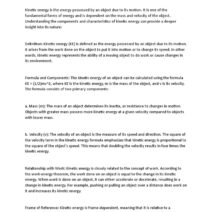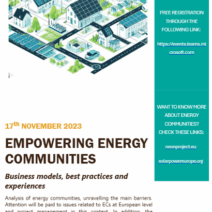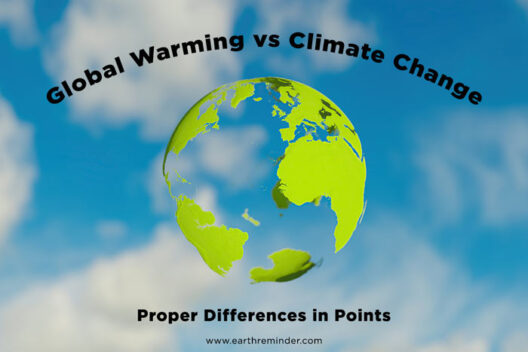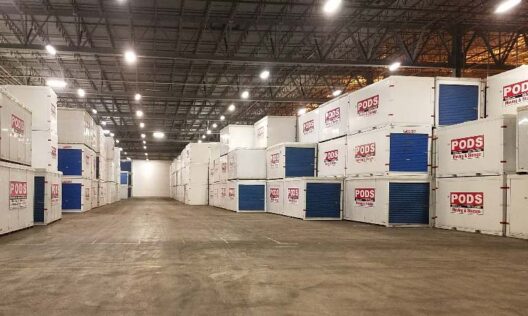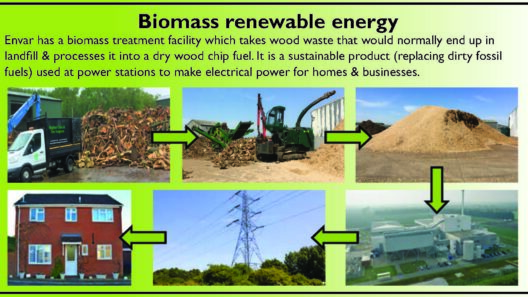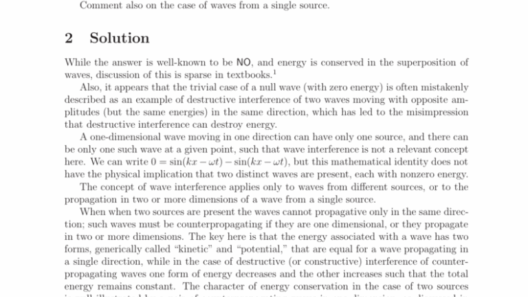Have you ever wondered what makes laptops not just portable but also efficient in their energy usage? In today’s tech-savvy world, where the relationship between technology and sustainability is ever-evolving, laptops have become a focal point in the conversation surrounding energy conservation. As energy consumption becomes an increasingly pressing issue, manufacturers are incorporating various features into laptops designed to mitigate their power appetites. This article explores the innovative tech features that enable laptops to conserve energy without compromising performance.
To understand the energy conservation capabilities of laptops, it is crucial to appreciate the architecture of modern devices. These laptops are now built around energy-efficient components that significantly lower power consumption. For instance, energy-efficient processors, such as those based on ARM architecture or Intel’s low-power variants, are adept at adjusting their performance according to the task at hand. This dynamic adaptability allows the device to use lower power levels during less intensive tasks, thereby conserving energy when full power is unnecessary.
Moreover, the advent of SSD (Solid State Drive) technology has revolutionized how data is stored and accessed. Unlike traditional hard drives, SSDs contain no moving parts, which means they require less energy to operate. Their rapid data retrieval capabilities not only enhance user experience but also reduce the time the disk remains active, further decreasing energy consumption. Consider the scenario when an SSD stores frequently accessed files—this leads to quicker access, reducing the time the drive spends in a power-consuming state.
The implementation of high-resolution displays also plays a role in energy conservation. Modern laptops often feature LED backlighting and adaptive brightness technology. These displays automatically adjust their brightness levels based on ambient lighting conditions, ensuring that users receive optimal visibility while minimizing energy waste. Lower brightness levels when in dim surroundings equate to less power draw. It’s akin to turning off unnecessary lights in a brightly lit room; every small effort counts.
On that note, have you considered how software impacts power conservation? Operating systems are increasingly designed with energy efficiency in mind. Newer versions of Windows, macOS, and Linux distributions incorporate power-saving modes that actively manage how CPU cycles and other resources are utilized. These modes can limit background processes and optimize system performance for the tasks being performed, ensuring that energy is not squandered on unnecessary computations.
Another noteworthy feature contributing to energy efficiency is modern battery technology. Lithium polymer and lithium-ion batteries dominate the market, boasting higher energy densities and longer life cycles compared to their predecessors. Rapid charging capabilities also allow users to power up quickly, which enhances the overall energy efficiency of the device. The ability to retain a charge longer and perform well over time mitigates the environmental impact related to battery disposal and manufacturing, which is an often-overlooked aspect of sustainability.
Yet, the conservation doesn’t stop there. Connectivity features also play an essential role. Many laptops are equipped with advanced Wi-Fi technologies, such as Wi-Fi 6 and Bluetooth Low Energy (BLE), which facilitate faster data transfers while consuming less power. These technologies enable devices to maintain connections without continuously draining battery life, providing another layer of efficiency for the user. The advantage is twofold: not only does this promote a seamless user experience, but it also aligns with broader green practices, reducing the carbon footprint associated with high energy consumption.
What about peripherals? While laptops are generally energy efficient, users often disregard the power usage of external devices like mice, keyboards, and printers. However, many manufacturers are now producing energy-efficient versions of these peripherals. Wireless devices often come with energy-saving modes that turn off the device when idle and long-lasting batteries that reduce the frequency of replacements. The integration of energy-efficient practices in accessories promotes a holistic approach to reducing energy consumption in the office or home environment.
The importance of consumer awareness cannot be overstated. While manufacturers play a crucial role in enhancing energy efficiency, consumers must also commit to adopting best practices. Simple actions such as setting up power-saving profiles, adjusting display settings, and unplugging devices when not in use can make a substantial difference. Have you considered how much energy you could save by simply being more mindful of your usage?
Lastly, let us not overlook the potential of emerging technologies such as AI-powered energy management systems. These intelligent systems can learn user habits and adjust power consumption in real time, optimizing the energy usage according to individual preferences and activities. As this technology continues to develop, it promises to establish a more sustainable future for laptops and their users alike.
In conclusion, the convergence of innovative components, software, and user engagement has paved the way for laptops to be proactive in conserving energy. With numerous features working synergistically, these devices not only enhance user experience but also play a pivotal role in the greater quest for energy efficiency. As we navigate a future that increasingly prioritizes sustainability, the challenge lies not just in the hands of manufacturers, but in the conscious choices of users. Are you ready to make smarter energy decisions with your electronic companions?
